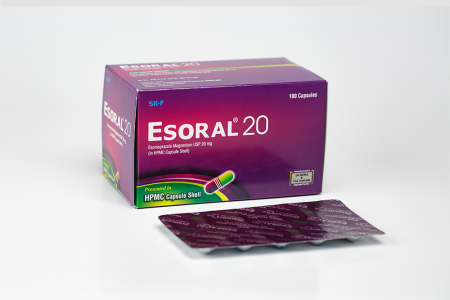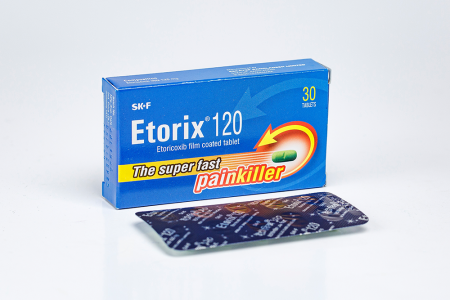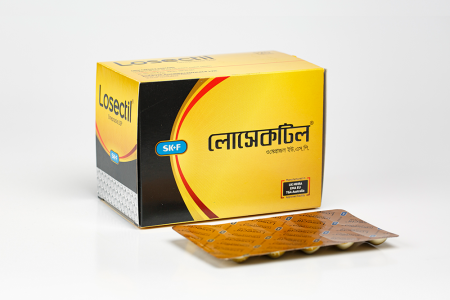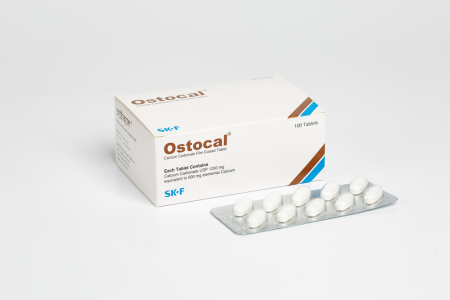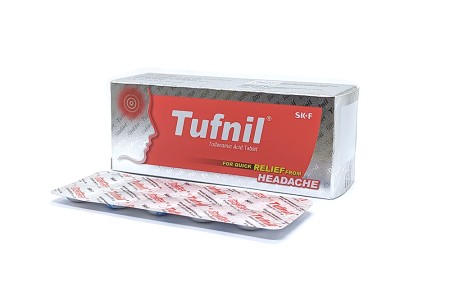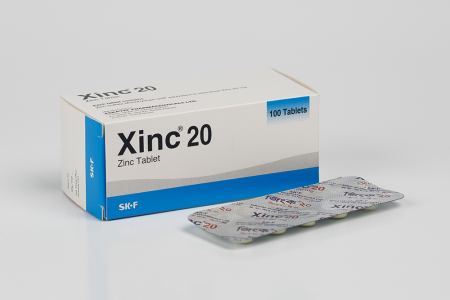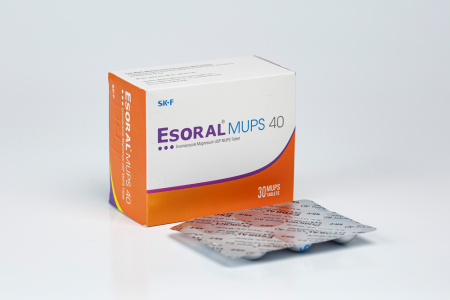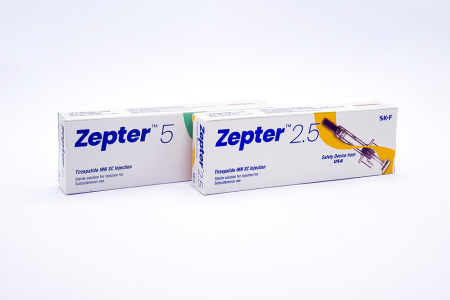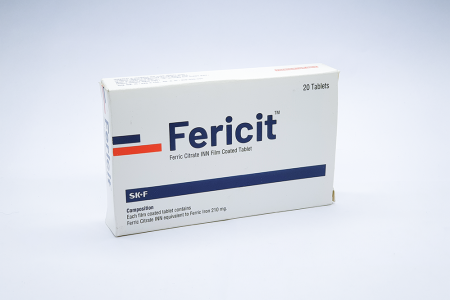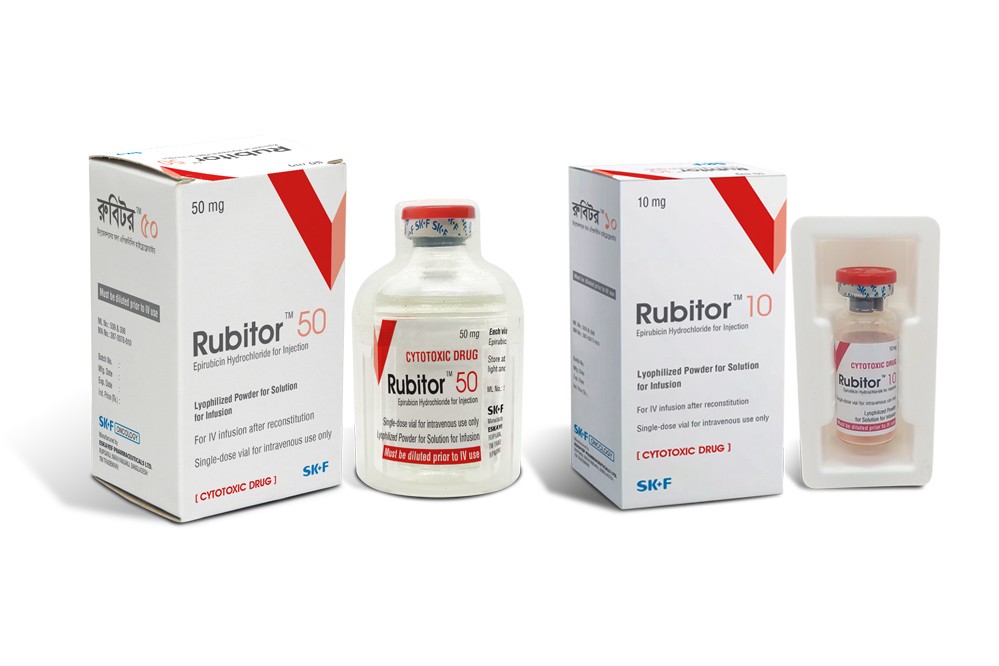

Rubitor
Generic Name
Epirubicin Hydrochloride
Therapeutic Class
Cytotoxic Chemotherapy
Indications
Rubitor Injection is indicated as a component of adjuvant therapy in patients with evidence of axillary node tumor involvement following resection of primary breast cancer.
Pharmacology
Epirubicin Hydrochloride, an anthracycline with cytotoxic properties. It inhibits DNA and RNA synthesis by steric obstruction after intercalating between DNA base pairs that triggers DNA cleavage by topoisomerase II. It also inhibits DNA helicase and generates cytotoxic free radicals.
Distribution: Following IV administration, Epirubicin is rapidly and widely distributed into the tissues. Binding of Epirubicin to plasma proteins, predominantly albumin, is about 77% and is not affected by drug concentration.
Metabolism: Epirubicin is extensively and rapidly metabolized by the liver and is also metabolized by other organs and cells, including red blood cells.
Excretion: Epirubicin and its major metabolites are eliminated through biliary excretion and, to a lesser extent, by urinary excretion. Terminal elimination half-life is 30-40 hrs.
Dosage & Administration
When possible, to reduce the risk of developing cardiotoxicity in patients receiving Epirubicin after stopping treatment with other cardiotoxic agents, especially those with long half-lives such as Trastuzumab, Epirubicin-based therapy should be delayed until the other agents have cleared from the circulation. Epirubicin Injection should be administered by intravenous infusion. Epirubicin is given in repeated 3-to 4-week cycles. The total dose of Epirubicin may be given on day 1 of each cycle or divided equally and given on days 1 and 8 of each cycle.
The recommended dose of Epirubicin is 100 to 120 mg/m². The following regimens are recommended:
CEF-120:
Cyclophosphamide: 75 mg/m² PO D 1-14
Epirubicin: 60 mg/m² IV D 1, 8
5-Fluorouracil: 500 mg/m² IV D 1, 8
Repeated every 28 days for 6 cycles
FEC-100:
5-Fluorouracil: 500 mg/m²
Epirubicin: 100 mg/m²
Cyclophosphamide: 500 mg/m²
All drugs were administered intravenously on day 1 and repeated every 21 days for 6 cycles. Patients administered the 120-mg/m² regimen of Epirubicin should receive prophylactic antibiotic therapy. Or, as directed by the registered physician.
* চিকিৎসকের পরামর্শ মোতাবেক ঔষধ সেবন করুন'
Interaction
Cardioactive Compounds: Concomitant use of Rubitor with other cardioactive compounds that could cause heart failure (e.g., calcium channel blockers), requires close monitoring of cardiac function throughout treatment.
Cimetidine: Cimetidine increases the exposure to Rubitor. Cimetidine should be stopped during treatment with Rubitor.
Other Cytotoxic Drugs: Rubitor used in combination with other cytotoxic drugs may show on treatment additive toxicity, especially hematologic and gastrointestinal effects.
Paclitaxel: The administration of Rubitor immediately prior to or after Paclitaxel increased the systemic exposure of Rubitor, Rubitorol and 7-deoxydoxorubicin aglycone.
Docetaxel: The administration of Rubitor immediately prior to or after Docetaxel did not have an effect on the systemic exposure of Rubitor, but increased the systemic exposure of Rubitorol and 7-deoxydoxorubicin aglycone.
Radiation Therapy: Administration of Rubitor after previous radiation therapy may induce an inflammatory recall reaction at the site of the irradiation.
Hepatic Function: Rubitor is extensively metabolized by the liver. Changes in hepatic function induced by concomitant therapies may affect Rubitor metabolism, pharmacokinetics, therapeutic efficacy, and/or toxicity.
Contraindications
It is contraindicated in patients with known hypersensitivity to Epirubicin or other anthracyclines or anthracenediones or any other components of this product.
Side Effects
Most commonly reported adverse effects are- Myelosuppression, cardiotoxicity, alopecia, hyperpyrexia, lethargy, amenorrhoea, nausea, vomiting, diarrhea, fever, rash, anorexia, harmless reddish appearance of urine for 1-2days.
Pregnancy & Lactation
Pregnancy Category D. There are no adequate and well-controlled studies in pregnant women. It should be used in pregnancy only if the potential benefit justifies the potential risk to the fetus. It is not known whether this drug is excreted in human milk. Because of the potential for serious adverse reactions from Epirubicin in nursing infants, a decision should be made whether to discontinue nursing or to discontinue the drug, taking into account the importance of the drug to the mother.
Precautions & Warnings
Storage of the solution for injection at refrigerated conditions can result in the formation of a gelled product. This gelled product will return to a slightly viscous to mobile solution after 2 to a maximum of 4 hours of equilibration at controlled room temperature (15°-25°C). Inspect parenteral drug products visually for particulate matter and discoloration prior to administration, whenever solution and container permit. Procedures for proper handling and disposal of anticancer drugs should be used when handling and preparing Rubitor.
Rubitor Injection should be administered only under the supervision of qualified physicians experienced in the use of cytotoxic therapy. Before beginning treatment with Rubitor, patients should be recovered from acute toxicities (such as stomatitis, neutropenia, thrombocytopenia, and generalized infections) of prior cytotoxic treatment. Also, initial treatment with Rubitor should be preceded by a careful baseline assessment of blood counts; serum levels of total bilirubin, AST, and creatinine; and cardiac function as measured by left ventricular ejection function (LVEF). Patients should be monitored carefully during treatment for possible clinical complications due to myelosuppression. Supportive care may be necessary for the treatment of severe neutropenia and severe infectious complications. Monitoring for potential cardiotoxicity is also important, especially with greater cumulative exposure to Rubitor.
Use in Special Populations
Rubitor dosage adjustments for hematologic and non-hematologic toxicities within a cycle of treatment, is based on nadir platelet counts <50,000/mm³, absolute neutrophil counts (ANC) <250/mm³, neutropenic fever, or Grades 3/4 nonhematologic toxicity. Rubitor Day 1 dose should be reduced in subsequent cycles to 75% of the Day 1 dose given in the current cycle. Day 1 chemotherapy should be delayed in subsequent courses of treatment until platelet counts are ≥100,000/mm³, ANC ≥ 1500/mm³, and nonhematologic toxicities have recovered to ≤ Grade 1.
Bone Marrow Dysfunction: Administering a lower starting dose (75-90 mg/m²) should be considered for heavily pretreated patients, patients with pre-existing bone marrow depression, or in the presence of neoplastic bone marrow infiltration. For patients receiving a divided dose of Rubitor (day 1 and day 8), the day 8 dose should be 75% of day 1 if platelet counts are 75,000 100,000/mm³ and ANC is 1000 to 1499/mm³. If day 8 platelet counts are < 75,000/mm³, ANC < 1000/mm³, or Grades 3/4 nonhematologic toxicity has occurred, the day 8 dose should be omitted.
Hepatic Impairment: Recommendations regarding use of Rubitor in patients with hepatic impairment are not available because patients with hepatic abnormalities were not included in the adjuvant trials. In patients with elevated serum AST or serum total bilirubin concentrations, the following dose reductions are recommended:
Bilirubin 1.2 to 3 mg/dL or AST 2 to 4 times upper limit of normal ½ of the recommended starting dose.
Bilirubin >3 mg/dL or AST >4 times the upper limit of normal 1/4 of the recommended starting dose.
Renal Impairment: While no specific dose recommendation can be made based on the limited available data in patients with renal impairment, lower doses should be considered in patients with severe renal impairment (serum creatinine > 5 mg/dL).
Pediatric Use: The safety and effectiveness of Rubitor have not been established in pediatric patients. Pediatric patients may be at greater risk for anthracycline-induced acute manifestations of cardiotoxicity and for chronic CHF. The pharmacokinetics of Rubitor in pediatric patients have not been evaluated.
Geriatric Use: Although a lower starting dose of Rubitor was not used in trials in elderly female patients, particular care should be taken in monitoring toxicity when Rubitor is administered to female patients ≥70 years of age.
Overdose Effects
If an overdose occurs, supportive treatment should be provided (including antibiotic therapy, blood and platelet transfusions, colony-stimulating factors, and intensive care as needed) until the recovery of toxicities. Delayed CHF has been observed months after anthracycline administration. Patients should be observed carefully over time for signs of CHF and provided with appropriate supportive therapy.
Therapeutic Class
Cytotoxic Chemotherapy
Storage Conditions
Store in refrigerator or at 2-8°C. Do not freeze. Protect from light and keep out of the reach of children.



